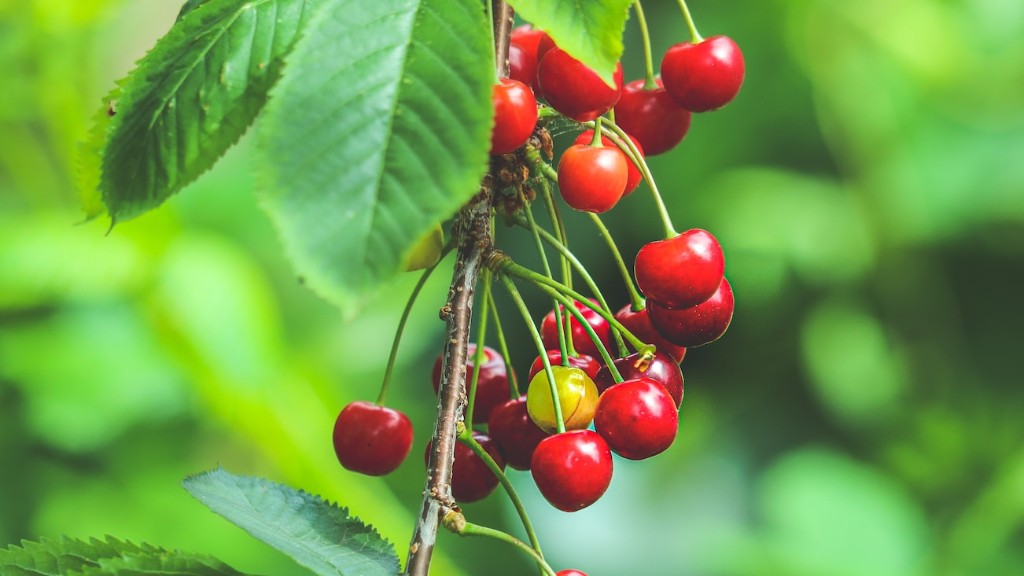Safety Considerations
Before attempting to trim a pindo palm tree, it is important to review safety considerations. Fallen fronds from the pindo palm can cause significant injury. Additionally, for larger trees, climbing may be required and should only be done with appropriate safety equipment and with the assistance of a partner. Protective clothing and eyewear should always be worn when trimming any species of palm tree.
Tools Required
Trimming a pindo palm tree requires a few basic tools. An extendable pole saw is essential, as it allows the pruner to reach the top fronds of the tree. A pair of high-quality bypass pruners is also necessary for cutting the fronds. Finally, a handsaw or reciprocating saw may also be useful for removing thicker fronds closer to the trunk of the tree.
Appropriate Timing
In most cases, the best time to trim a pindo palm tree is in late winter or early spring, right before new shoots emerge. During this time, the pindo palm is typically dormant, making it much easier to identify the fronds that need to be trimmed. Trimming too early or too late in the season can also cause significant stress to the tree which may eventually lead to its demise.
Recommended Cut Points
Knowing where to make the cuts is an important factor when trimming a pindo palm. Pruners should aim to make the cuts at the branch collar. This is the thick, swollen area at the base of the frond. Making the cuts at this point will reduce the risk of disease and injury to the pindo palm. Additionally, pruners should avoid cutting the trunk or stem of the tree as this could cause severe damage.
Practice Trimming Techniques
In order to maximize the overall health of the pindo palm, it is important to practice a few simple trimming techniques. Aiming to leave a small amount of healthy green foliage on each frond will help protect the tree from pests and disease. Additionally, making small angled cuts rather than simply cutting the fronds off straight across can also increase productivity by allowing more light into the crown.
Dispose of Trimmings Appropriately
After trimming the pindo palm, all the trimmings should be properly disposed of. This can typically be done by burning the trimmed fronds in a safe location or by adding them to a compost pile. The trimmings should not be left lying about, as this can increase the risk of disease and pests in the surrounding area.
Fertilizer for Post-Trim Health
Adding fertilizer to the soil around the base of the pindo palm is another important step after trimming. Many garden centers offer specially formulated palm tree fertilizers, which should be applied in the spring and late summer. This will help the tree to recover from the trimming and remain healthy throughout the rest of its life.
Treating Disease or Pest Damage in a Pindo Palm
Pindo palm trees can be susceptible to pests and diseases, and it is important to properly diagnose and treat any problems that might arise. Common pests that can cause damage include scale insects and mealybugs. To treat these pests, experts recommend a combination of cultural control methods, such as increased aeration in the root system, and chemical treatments, such as insecticidal soaps.
Managing Fungal Infections in a Pindo Palm
Fungal infections can also be a problem for pindo palm trees. Common fungal pathogens include fusarium and phytophthora fungi. To treat these diseases, experts recommend using a combination of cultural control methods, such as increasing air circulation around the tree, and chemical treatments, such as applying sulfur.
Safeguarding Against Potentially Fatal Diseases in a Pindo Palm
Notably, the pindo palm can also be susceptible to some potentially fatal diseases, such as pythium, fusarium and phytophthora root rot. To safeguard against these diseases, experts recommend a combination of cultural control methods, such as pruning away dead or diseased fronds, and chemical treatments, such as using fungicides and bactericides.
Managing Underwatering Issues in a Pindo Palm
Ensuring the pindo palm is receiving enough water is also an important step for keeping it healthy. Signs of underwatering can include yellowing fronds and wilting. To prevent underwatering and promote healthy growth, experts recommend providing 1-2 inches of water once per week and increasing this amount during extended periods of hot, dry weather.
Fertilizing a Pindo Palm Tree
Fertilizing a pindo palm is another essential step in promoting optimal health. Fertilizers specifically designed for palms should be applied in the spring and late summer. These fertilizers should contain the correct balance of nitrogen, phosphorus and potassium, as well as important micronutrients.
Protecting the Pindo Palm From Freezing Temperatures
If the pindo palm is growing in an area where temperatures routinely drop below freezing, special precautions should be taken. Wrapping the tree with a frost cloth or burlap can help keep temperatures more consistent, as can providing supplemental heaters around the trunk of the tree.
Maintaining Adequate Light for a Pindo Palm
Lastly, pindo palms need plenty of sunlight to stay healthy and vigorous. Without adequate direct light, the tree may develop a weakened growth pattern and become prone to diseases and pests. To ensure the tree is receiving enough sunlight, experts recommend providing 6-8 hours of direct sun per day.


